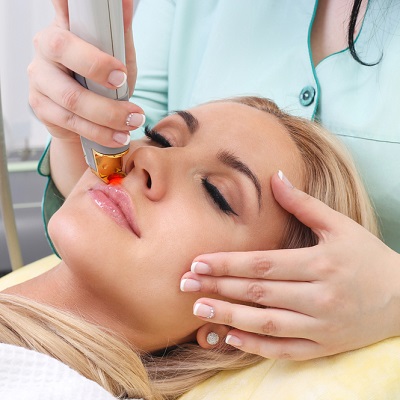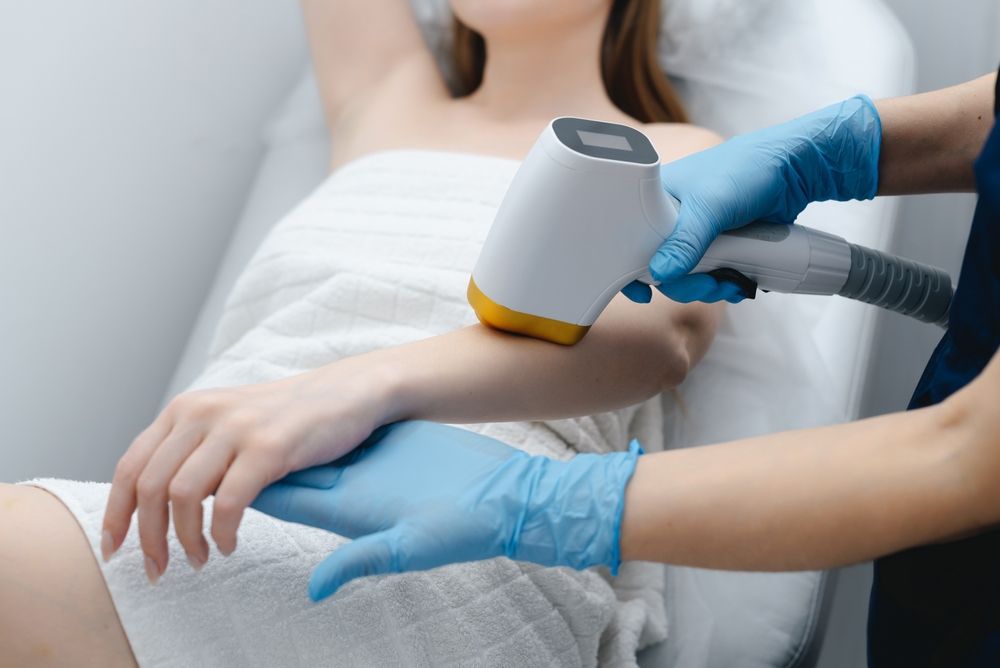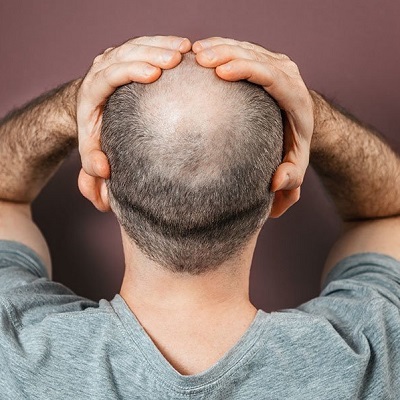 Local SEO Boost – Put Your Business on the Local Map!
Local SEO Boost – Put Your Business on the Local Map!
Complete Guide to Rhinoplasty Aftercare Instructions: What Happens if You Don’t Follow Aftercare Instructions?
Written by saba Khan » Updated on: June 17th, 2025

Rhinoplasty, also known as a "nose job," is a delicate surgical procedure that requires careful aftercare to ensure optimal results and prevent complications. While rhinoplasty (جراحة تجميل الأنف في الرياض) can enhance the appearance and function of your nose, proper post-operative care is essential to achieving the best possible outcome. Failing to follow aftercare instructions can lead to several risks, including potential damage to the nose. This guide outlines key aftercare instructions and explains what can happen if they are not followed.
Rhinoplasty Aftercare: Essential Instructions
Rest and Elevation
Follow: After surgery, it's essential to rest and keep your head elevated, especially during the first week. This helps minimize swelling and promotes proper healing. Use extra pillows or sleep in a reclined position to keep your head elevated above heart level.
Why It Matters: Elevating your head reduces swelling around the nose and eyes, speeding up the recovery process.
Cold Compresses
Follow: Applying cold compresses to the eyes and nose area during the first 48 hours can help reduce swelling and bruising.
Why It Matters: Cold compresses help constrict blood vessels and decrease inflammation, which can improve your post-surgery appearance and comfort.
Avoid Strenuous Activities
Follow: For at least 3–4 weeks, refrain from strenuous activities like heavy lifting, bending over, running, or exercising. These activities can increase blood flow to the nose, leading to more swelling or bleeding.
Why It Matters: Intense physical activity can increase the risk of complications such as bleeding or displacement of the nose’s healing structure.
Nasal Care
Follow: Avoid blowing your nose, as this can damage the delicate tissues inside the nose and disrupt the healing process. If your surgeon recommends saline sprays or nasal rinses, use them gently to clear any congestion.
Why It Matters: Blowing your nose can lead to bleeding, infection, or injury to the nasal structure. Gentle care is essential to avoid damaging newly-sculpted tissue.
Take Prescribed Medications
Follow: Take pain medications and antibiotics exactly as prescribed by your surgeon. These medications help manage pain and prevent infections.
Why It Matters: Skipping or misusing medications can lead to increased pain, infection, and a slower healing process.
Avoid Smoking and Alcohol
Follow: Do not smoke or consume alcohol during the first 4–6 weeks post-surgery. Smoking can impair blood flow and slow down the healing process, while alcohol can interfere with medications and increase swelling.
Why It Matters: Smoking and alcohol consumption can delay healing and negatively affect the blood circulation needed for optimal recovery.
Protect the Nose from Trauma
Follow: Be cautious when washing your face, brushing your teeth, or sleeping to avoid any accidental bumps or pressure on your nose. You should also avoid wearing glasses or sunglasses for at least a few weeks, as the pressure can disrupt the healing process.
Why It Matters: Any trauma to the nose during healing can damage the nasal structures, causing asymmetry, changes in shape, or the need for revision surgery.
Attend Follow-up Appointments
Follow: Be sure to attend all follow-up appointments with your surgeon. These visits are crucial for monitoring your recovery and identifying any potential issues early on.
Why It Matters: Regular check-ups allow your surgeon to assess your healing progress and address any concerns before they turn into bigger problems.
What Happens If You Don’t Follow Aftercare Instructions? Can Your Nose Be Damaged?
Not following aftercare instructions after rhinoplasty can lead to a range of complications, including permanent damage to the nose. Here's what can happen if you neglect the guidelines:
1. Increased Swelling and Bruising
Consequence: If you don’t keep your head elevated or apply cold compresses, the swelling and bruising around your nose and eyes can become more severe. Persistent swelling may delay the healing process and affect the final appearance of your nose.
Potential Damage: Long-lasting or excessive swelling can make it difficult for your nose to settle into its final shape, affecting the cosmetic result of the surgery.
2. Bleeding
Consequence: Engaging in strenuous activities, blowing your nose, or touching your nose too soon can increase the risk of bleeding. You may also experience spontaneous bleeding if you don’t follow instructions related to nasal care.
Potential Damage: Excessive bleeding can disrupt the healing process, increase scarring, and, in extreme cases, require additional medical intervention. In severe cases, it could even impact the shape of the nose if blood clots form inside.
3. Infection
Consequence: Failing to take prescribed antibiotics, not keeping the nasal area clean, or touching the surgical site with unclean hands increases the risk of infection.
Potential Damage: Infection can cause pain, prolonged swelling, delayed healing, and permanent scarring. In some cases, infections can even lead to the need for revision surgery to repair damaged tissue.
4. Nasal Trauma
Consequence: If you fail to protect your nose from trauma (e.g., accidental bumps, wearing glasses too early), you may damage the delicate tissues that are still healing after surgery.
Potential Damage: Trauma to the nose during healing can cause shifts in the nasal structures, leading to misalignment or a distorted shape. This could require revision surgery to restore the desired look.
5. Disrupting the Final Shape
Consequence: Not following instructions about how to care for your nose (e.g., touching, pressing, or putting weight on it too soon) can result in the nose healing improperly.
Potential Damage: If the nasal structures are displaced, the shape of the nose could be affected, leading to the need for revision surgery. This could result in the nose looking different than expected, or not achieving the desired aesthetic result.
6. Prolonged Healing or Delayed Recovery
Consequence: Skipping medications or failing to follow instructions can result in a slower recovery. This can also lead to prolonged discomfort and increased swelling.
Potential Damage: A prolonged recovery process increases the risk of complications like chronic inflammation or improper healing. Delayed healing can also interfere with the final cosmetic result.
7. Scarring
Consequence: Poor aftercare, such as sun exposure or failure to follow cleaning instructions, can lead to more noticeable scarring.
Potential Damage: Visible scars could be more prominent or not heal as expected, which could affect the aesthetic outcome of the procedure. This may require additional medical treatment to correct the scarring.
Conclusion
Following your rhinoplasty aftercare instructions is crucial to achieving the best possible outcome and minimizing complications. While the procedure itself is designed to enhance your nose’s appearance and function, the recovery process is just as important. If you neglect aftercare instructions, you could risk prolonged swelling, bleeding, infection, and permanent damage to the nose. To ensure that your nose heals correctly and achieves the desired results, take the time to follow your surgeon’s guidelines carefully. With proper care, you can enjoy the benefits of rhinoplasty, including improved appearance, enhanced breathing, and greater self-confidence.
Note: IndiBlogHub features both user-submitted and editorial content. We do not verify third-party contributions. Read our Disclaimer and Privacy Policyfor details.
Copyright © 2019-2025 IndiBlogHub.com. All rights reserved. Hosted on DigitalOcean for fast, reliable performance.












